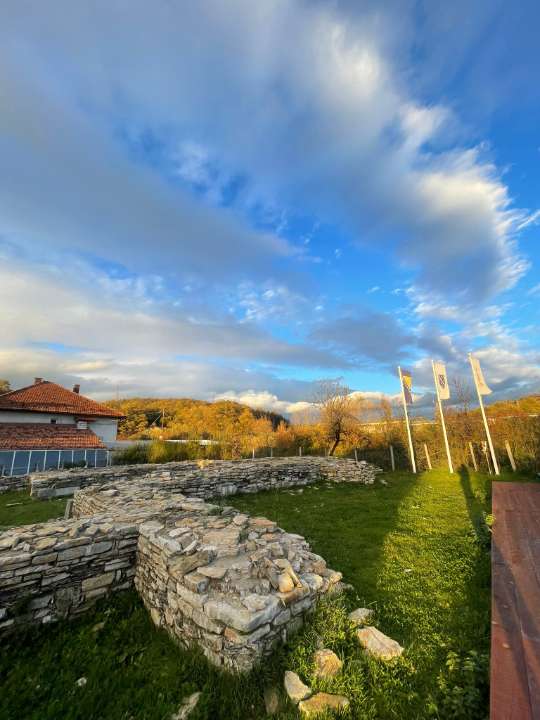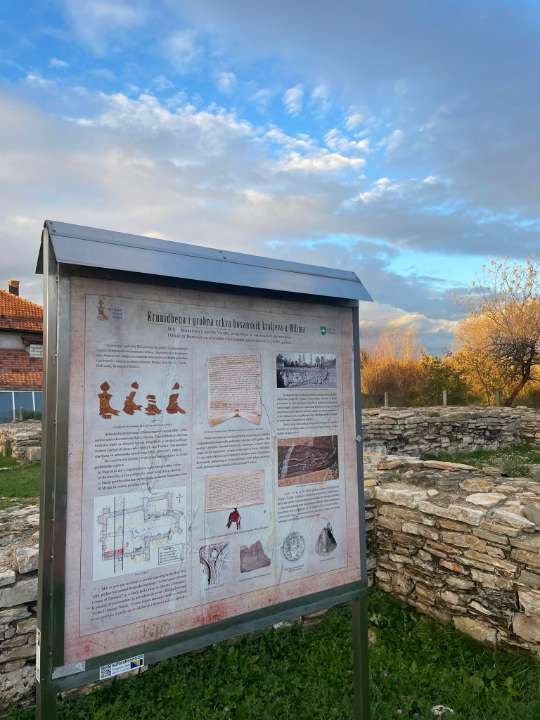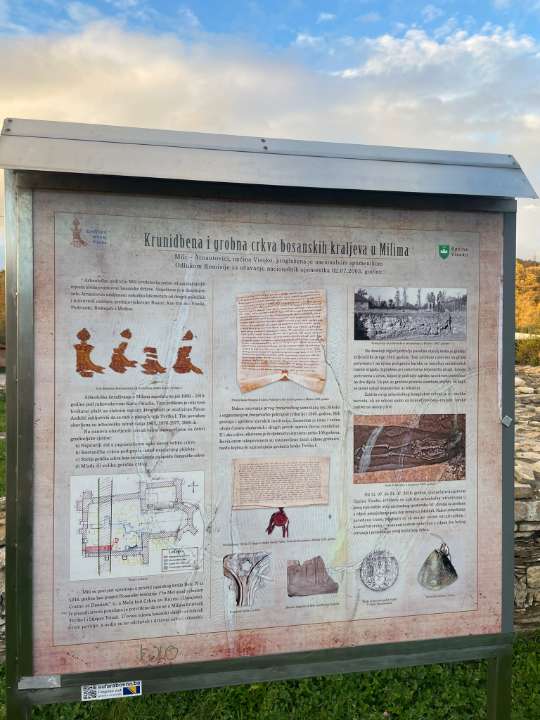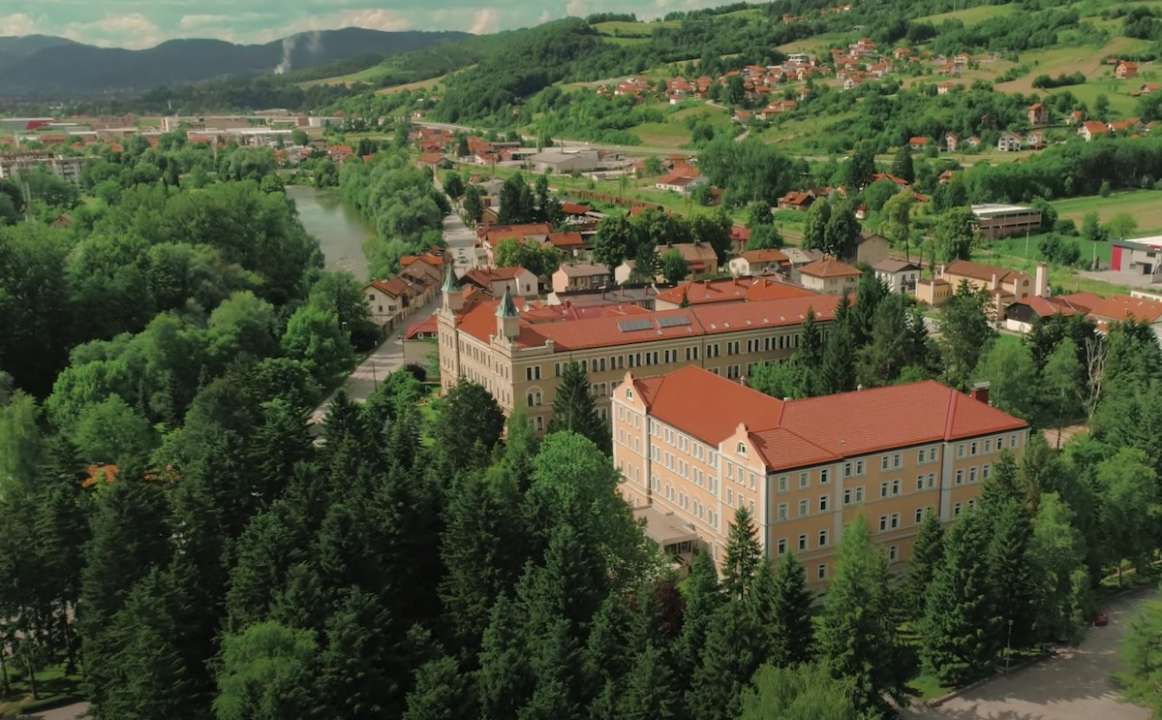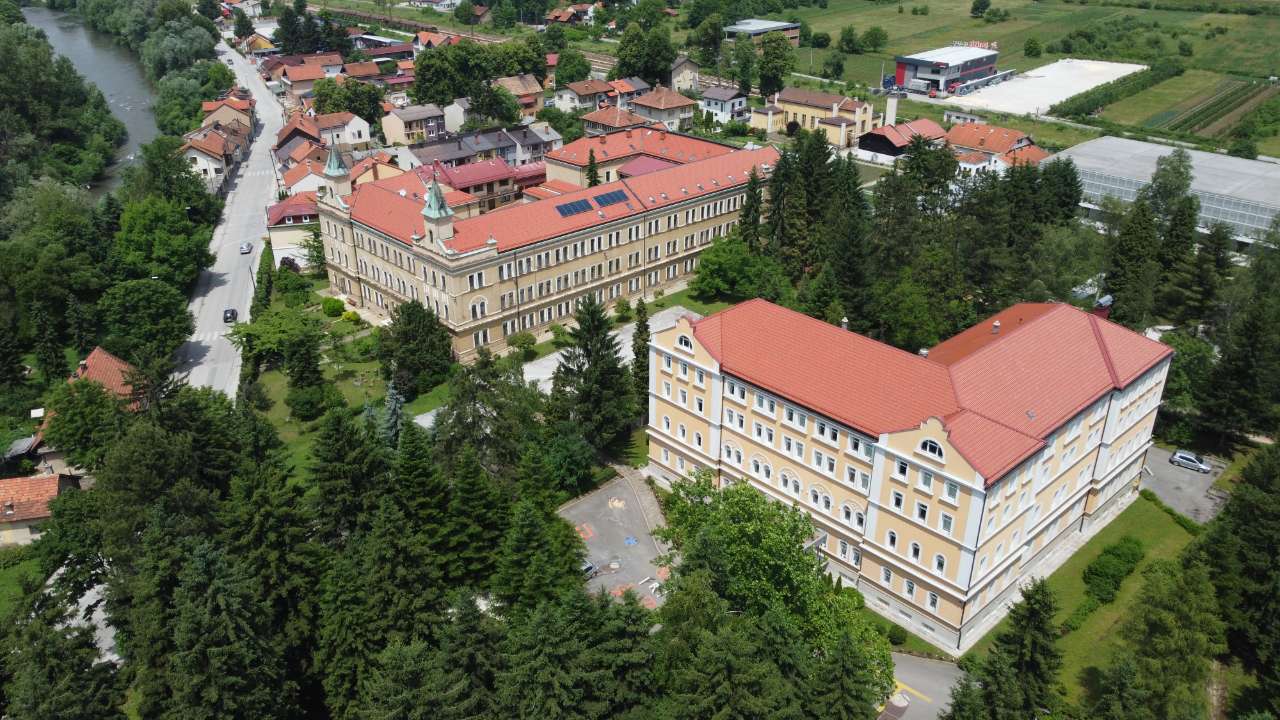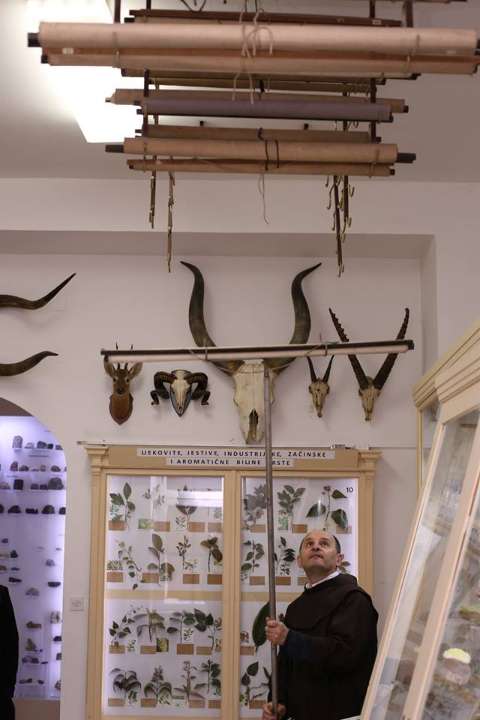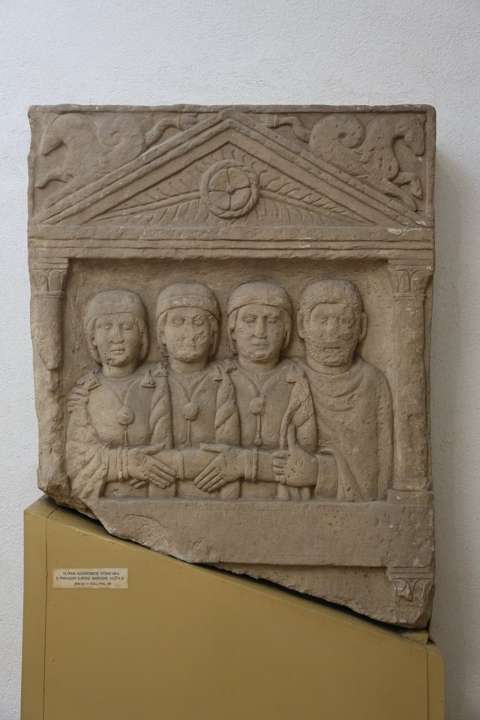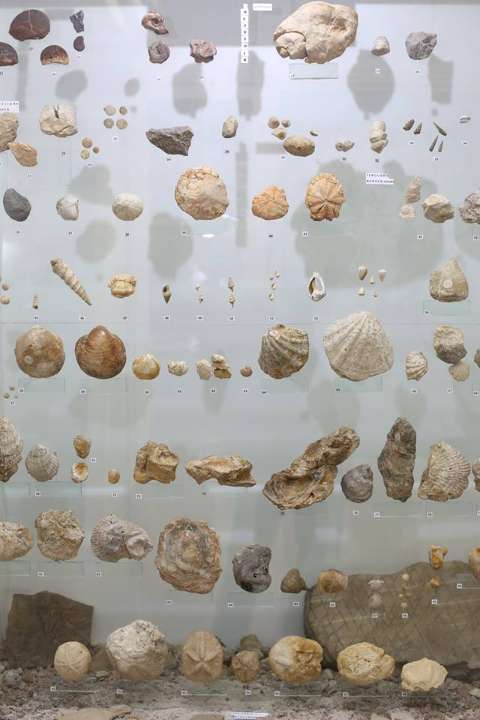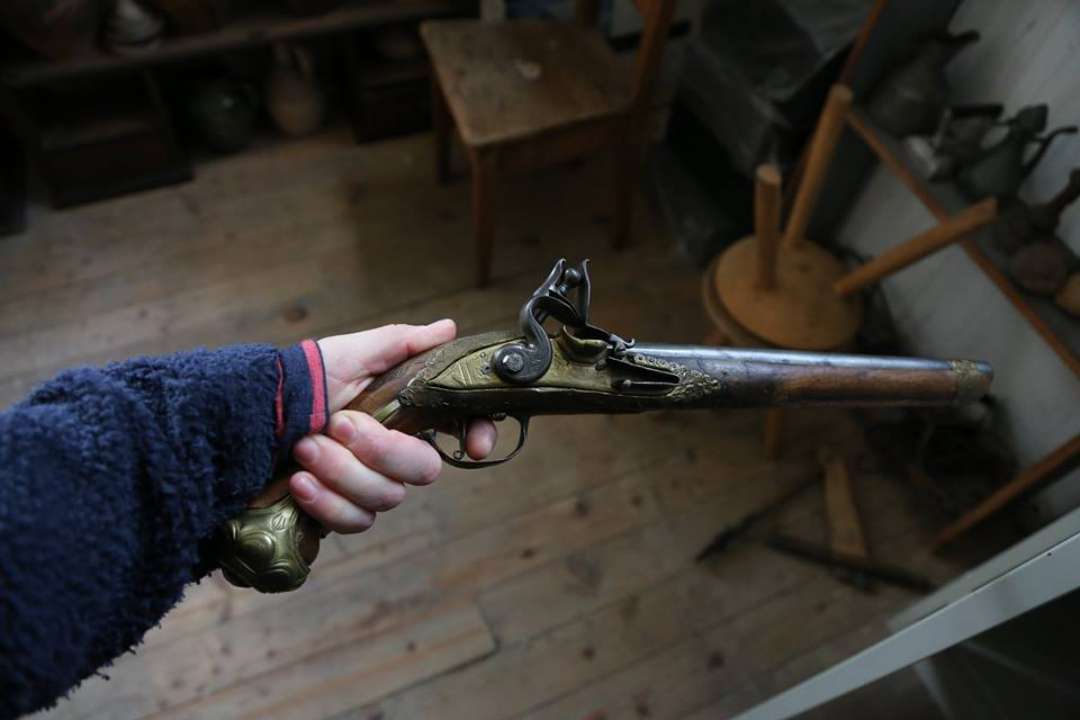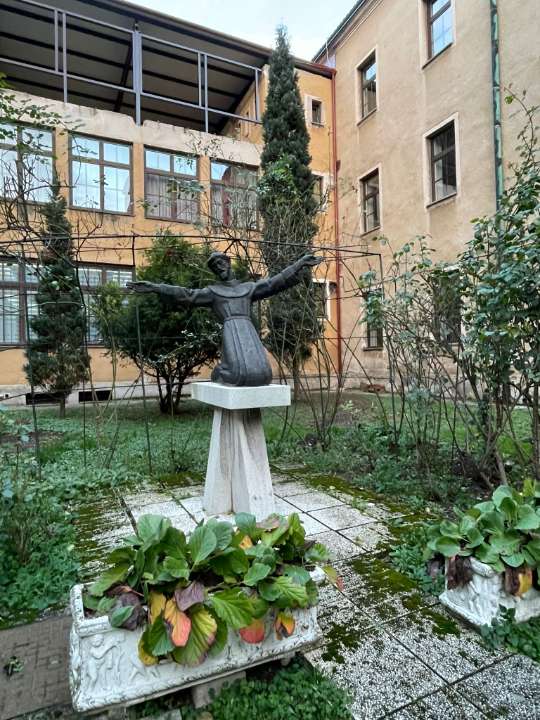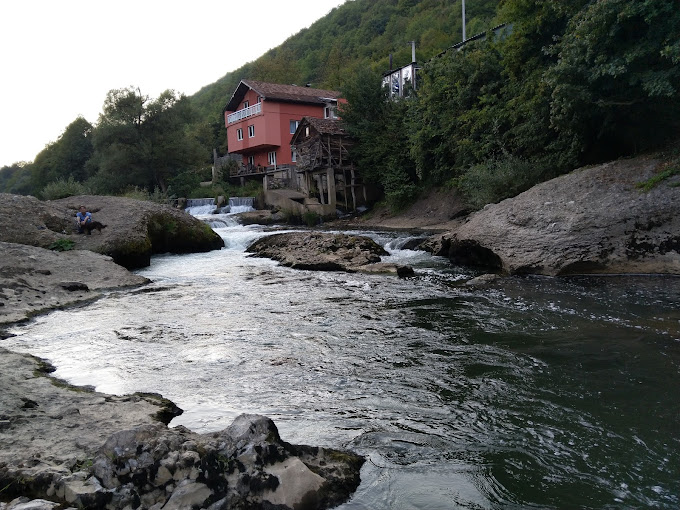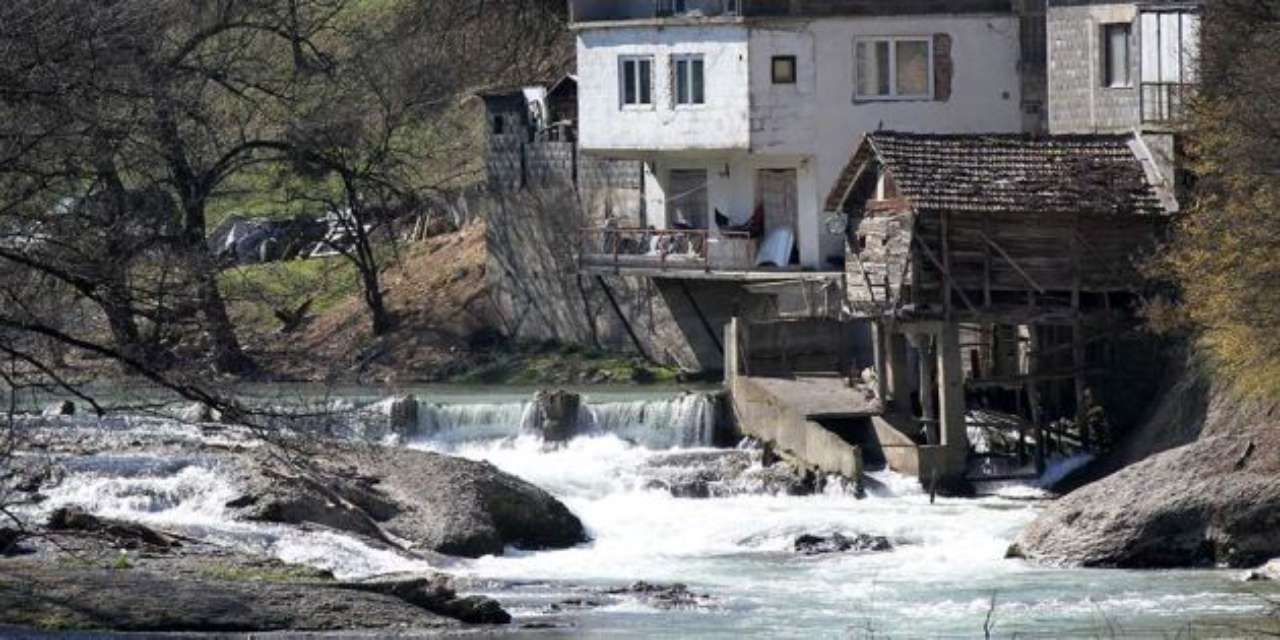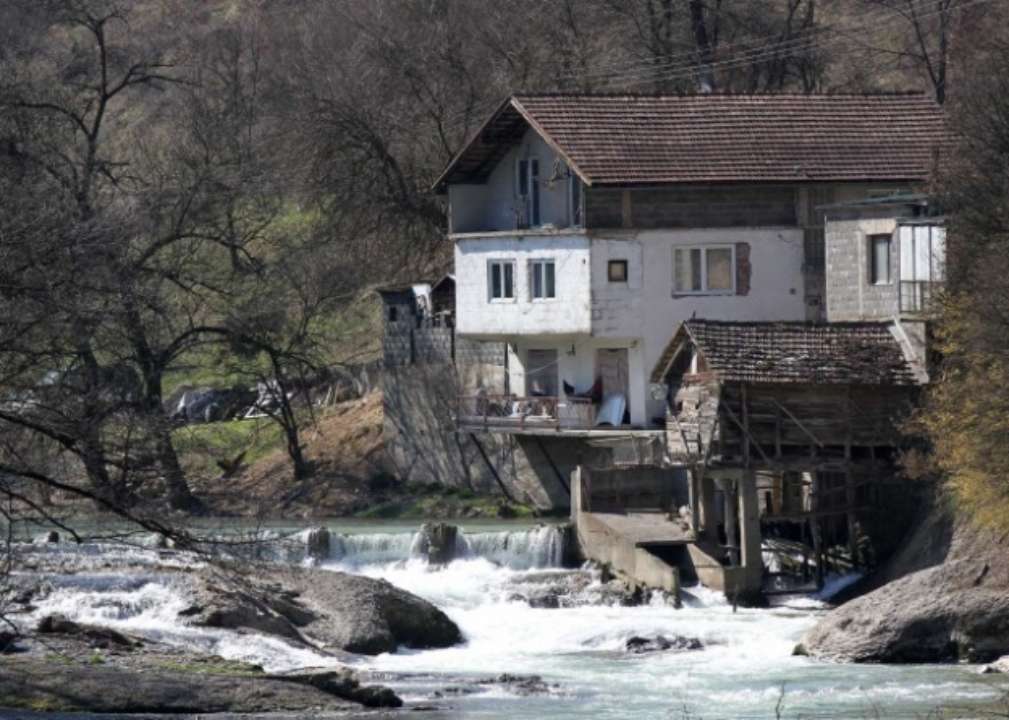Ostrovica
cultural experiences
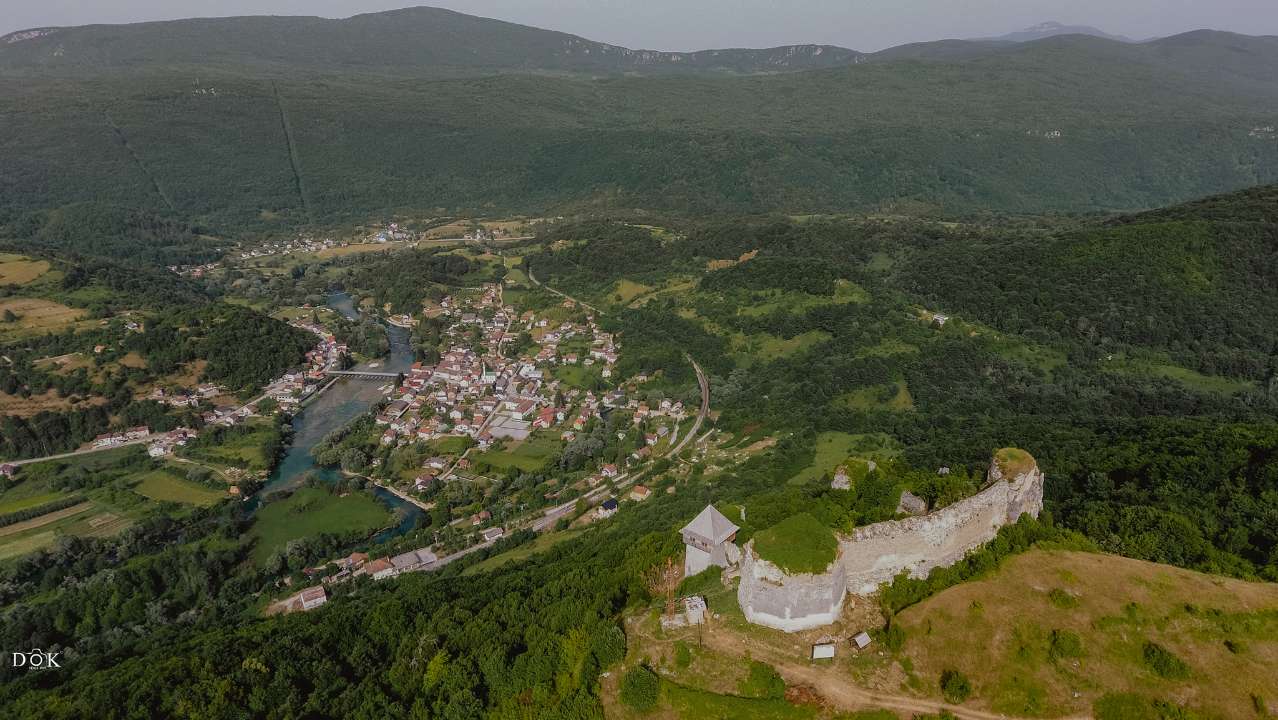
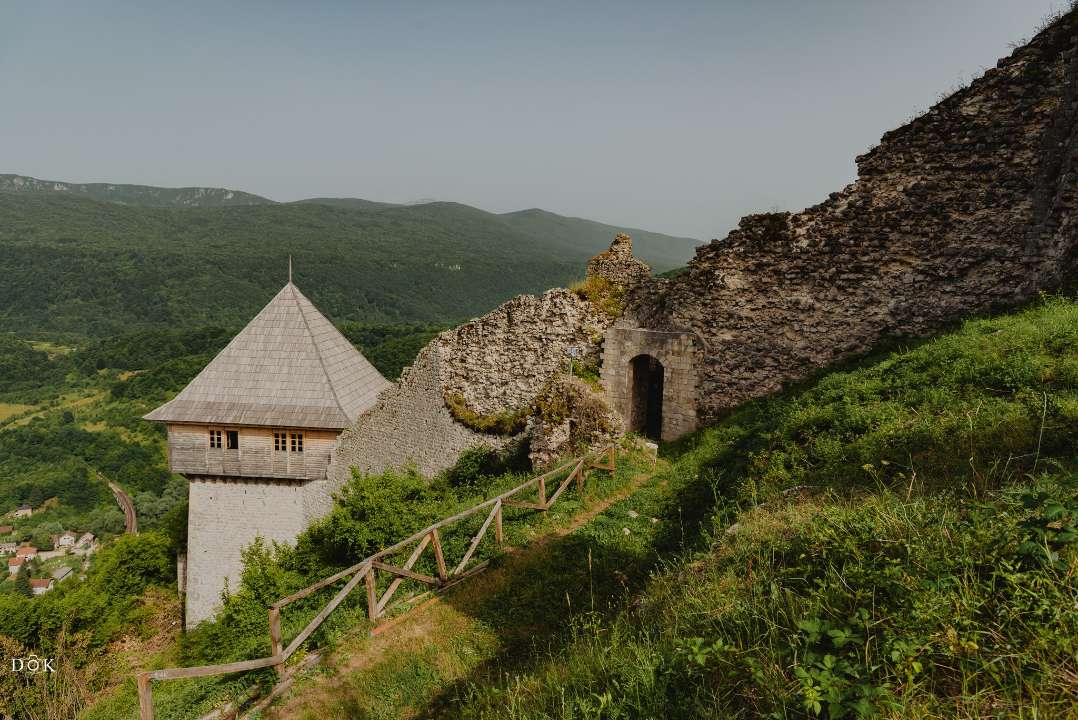
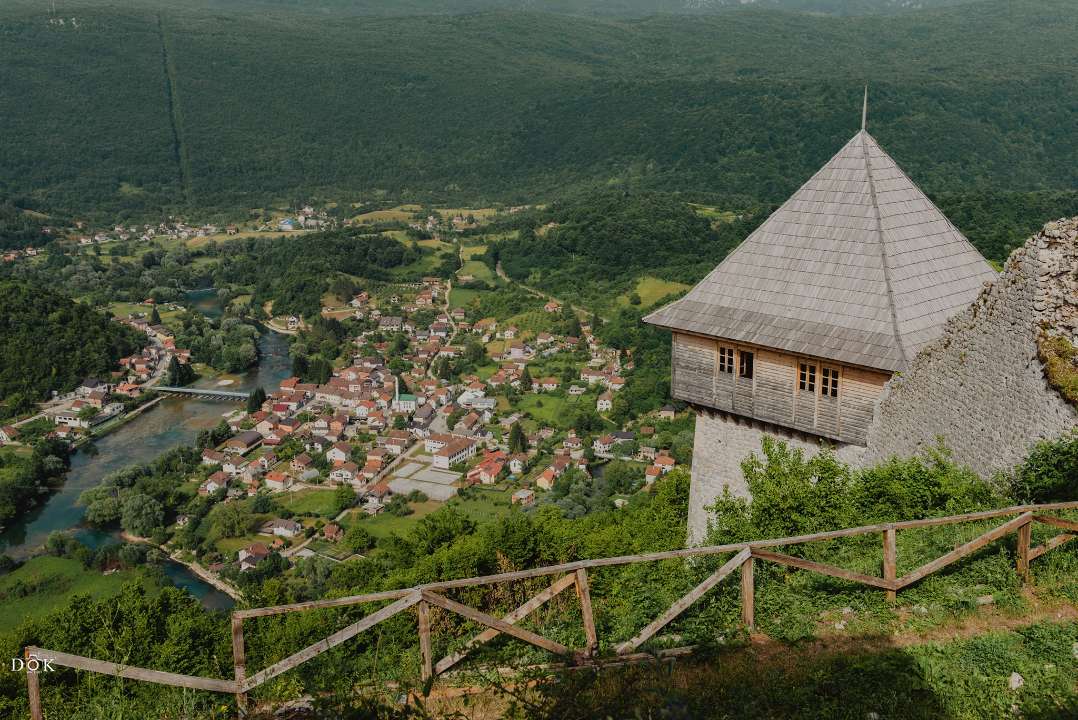
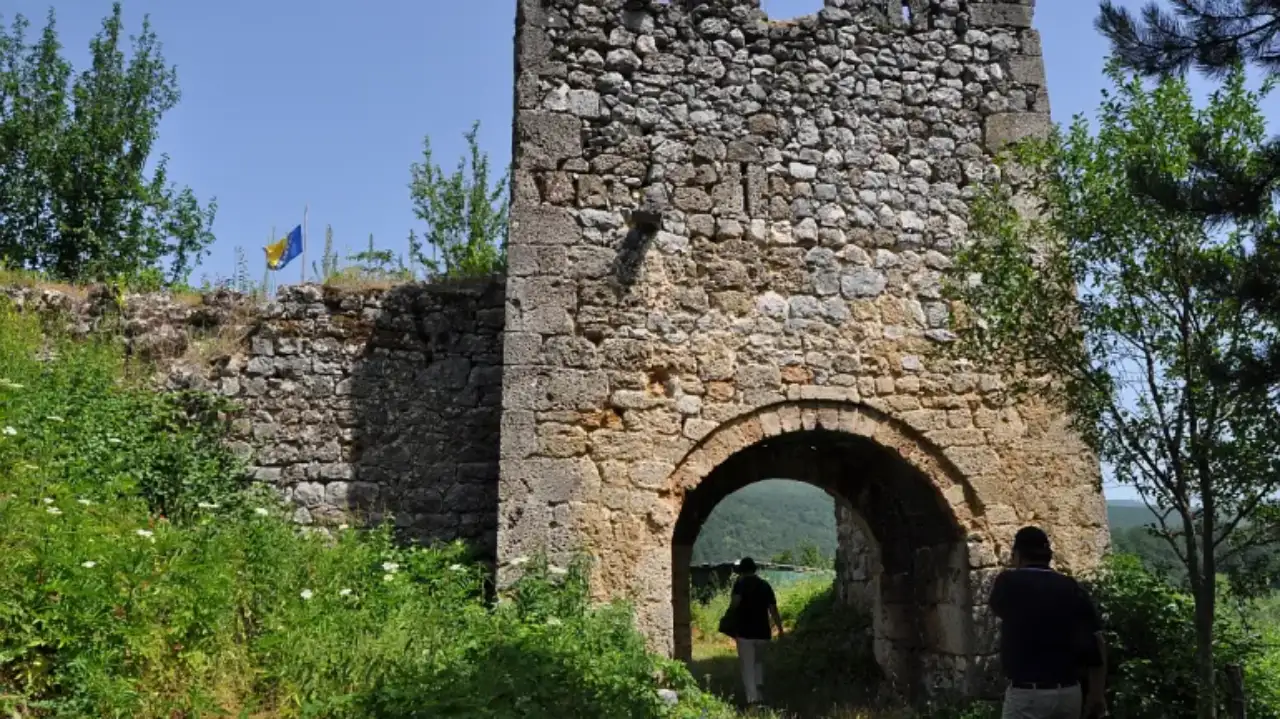
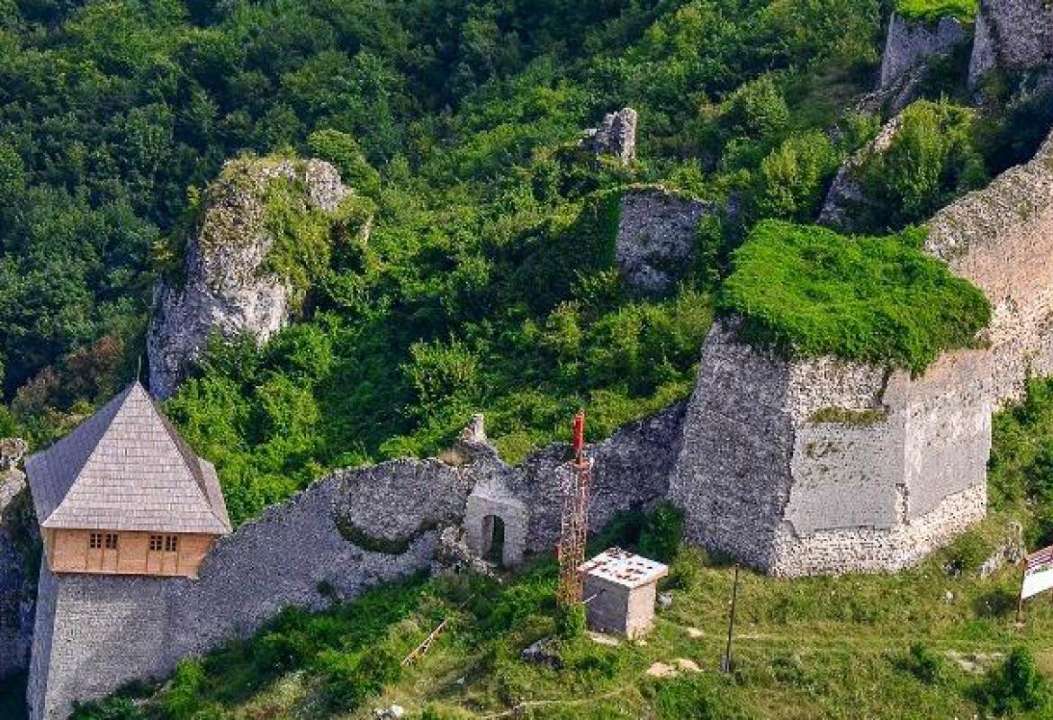
Perched majestically atop a steep hill, the Old Fortress of Ostrovica commands a panoramic view over the left bank of the upper Una River, near the quaint settlement of Ostrovica, not far from Kulen Vakuf in the municipality of Bihać, Bosnia and Herzegovina. With origins tracing back to the 15th century, Ostrovica is documented as the property of the esteemed Croatian noble family Kurjaković. Built upon foundations that likely date back to antiquity, this medieval stronghold was situated within the Croatian district of Lapac. Over the centuries, its ownership transitioned from the Kurjaković family to the Frankopans, Juraj Mikulčić, Ivan Keglević, and eventually to the Kulenović family after the Ottoman conquest. The Ottoman conquest in 1463 heightened pressures on Croatian territories, leading to the capture of Ostrovica in December 1523. It was subsequently incorporated into the Bosnian Pashaluk, remaining under Ottoman rule until 1878 when it passed into the hands of the Habsburg Monarchy. During the Ottoman era, Ostrovica underwent strategic expansions and fortifications, serving as both a stronghold and a residence for military garrisons. Initially commanded by a dizdar in the 16th and 17th centuries, the leadership later transitioned to a captain from the late 17th century onwards, establishing Ostrovica as the central seat of the Captaincy of Stara Ostrovica. This captaincy encompassed additional smaller fortifications such as Orašac, Havala, Džisri-kebir (present-day Kulen Vakuf), Čovka, and Donji Lapac. The prestigious role of captaincy was often held by members of the influential Bosnian beg family, the Kulenovićs. However, as geopolitical dynamics shifted and Donji Lapac fell under Habsburg rule, the captaincy's headquarters were strategically relocated to the fortress of Prkose. The walls of the Ostrovica fortress underwent substantial expansion and fortification during pivotal periods, notably in the early 17th century during Sultan Ahmed I's reign and further enhancements in the 18th century, ultimately assuming their present dimensions of 117 meters in length and 83 meters in width. This historic bastion stands as a testament to the enduring legacy of Ostrovica, where layers of history unfold amidst its formidable walls and commanding vantage point.
Accessibility Information
Entrance Fee
The entrance fee is free
Visit Duration
Recommended visit duration is less than 1 hour
Guided Tour
Guided tour is not available
Must See
This place is not worth seeing

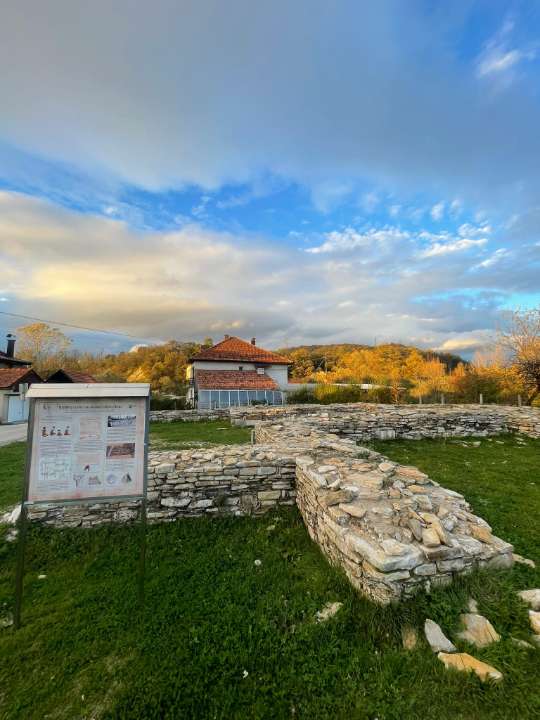
.jpeg?alt=media&token=3509f07c-9de0-4350-aaa1-00cd9a966bed)
